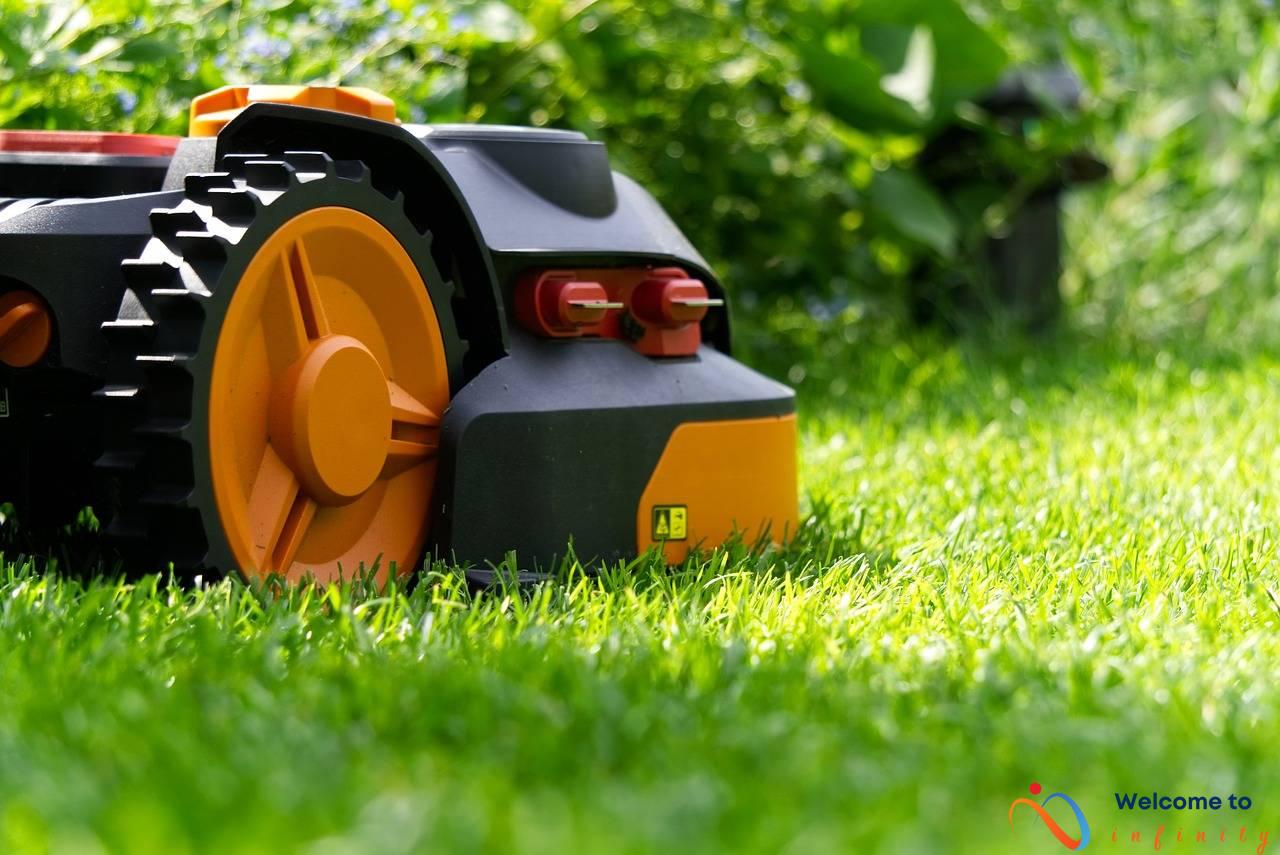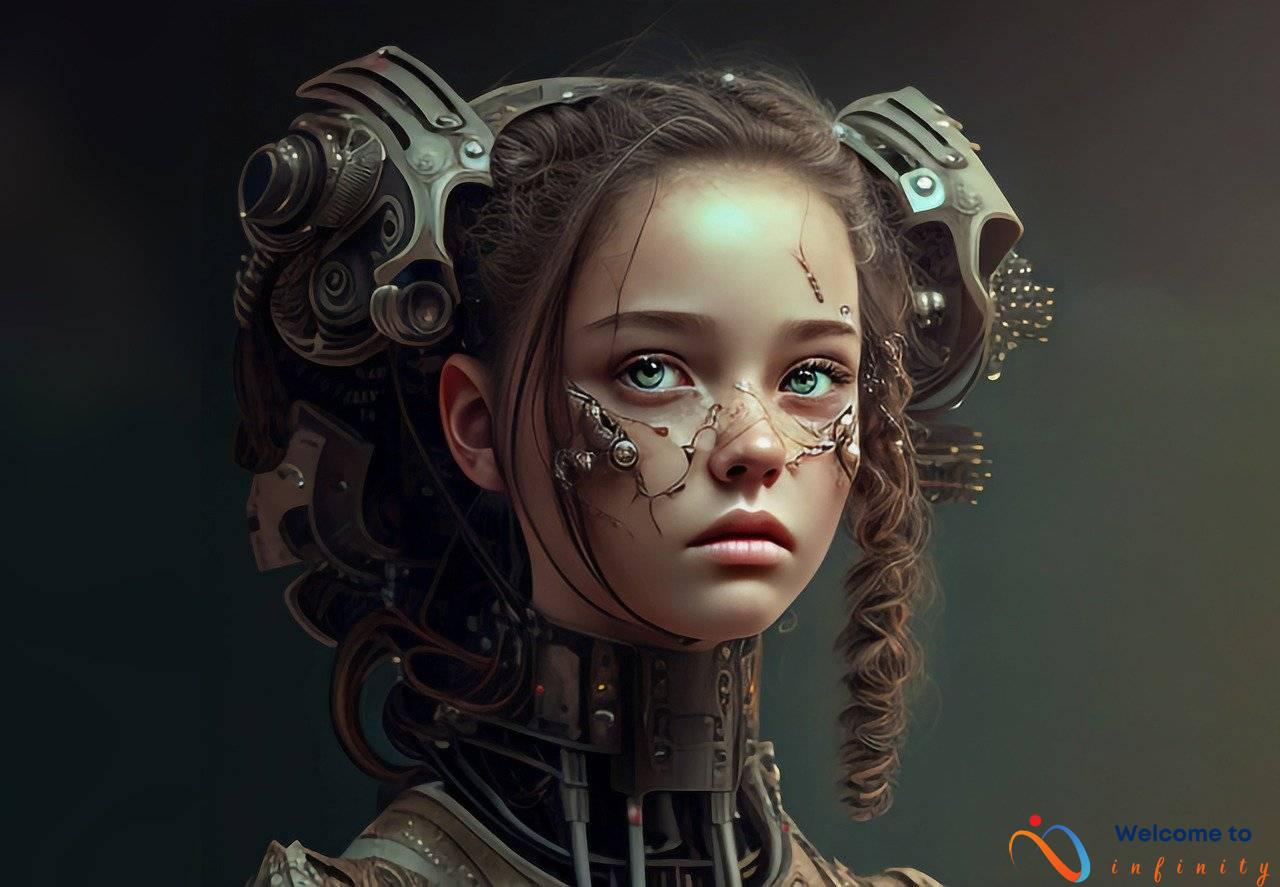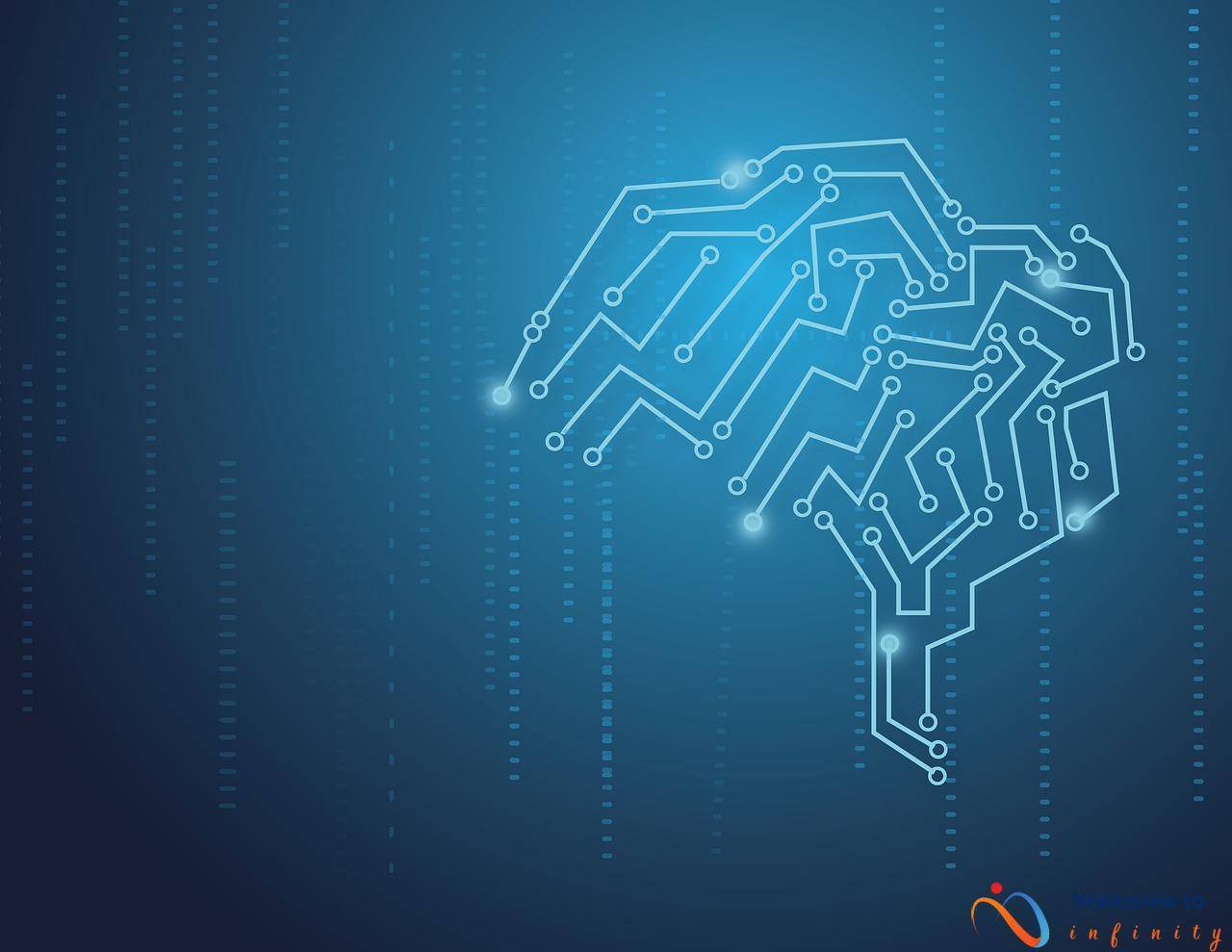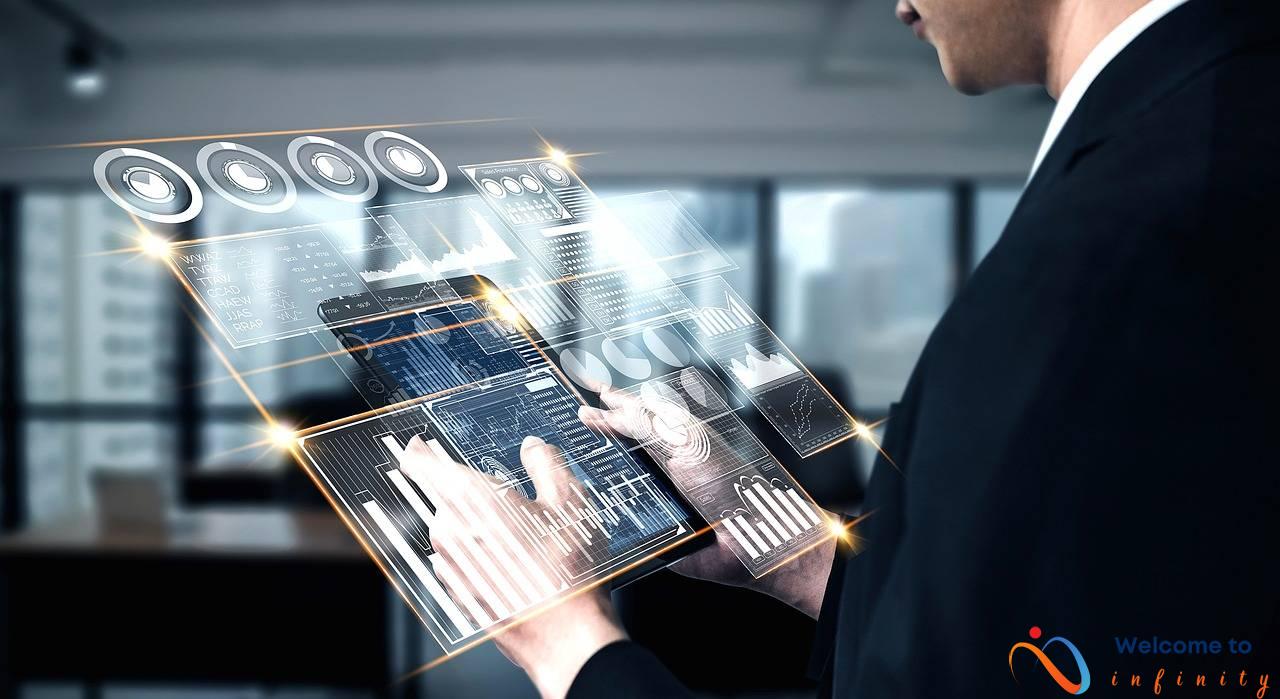The integration of artificial intelligence (AI) and internet of things (IoT) is creating a new era of technology that is changing the way we live and work. This powerful combination of technologies is driving data-driven decision-making to new heights, transforming various industries and creating endless possibilities for the future.
The Internet of Things (IoT) has been transforming the digital landscape by connecting a vast array of devices, including sensors, appliances, and machines. These devices collect and share data with each other, enabling remote monitoring, control, and automation. With AI, IoT devices are becoming even more powerful.
The rise of AI in IoT has enabled the processing of large volumes of data collected by IoT devices. With AI algorithms, this data can be analyzed, making it easier to identify patterns, trends, and insights. AI-powered IoT devices can automate tasks, predict outcomes, and optimize performance.
This integration of AI and IoT is transforming the landscape of many industries, including smart city applications, smart homes and buildings, and industrial automation. For example, traffic sensors can collect data on traffic patterns which can be used to optimize traffic flow and reduce congestion. In homes, AI-powered IoT devices can adjust lighting, heating, and cooling according to occupants' preferences, while industrial processes can be optimized with the collection and analysis of data.
While AI and IoT offer many benefits, there are also challenges, such as data security and privacy concerns. However, the potential advantages of AI and IoT are so great that they are expected to continue transforming the Internet of Things landscape in the coming years.
As AI algorithms become more sophisticated and IoT devices become more advanced and ubiquitous, the possibilities for this technology to shape our future are endless. It is creating a more intelligent and connected world where powerful data-driven decision-making is transforming the way we live and work.
What is the Internet of Things?
=The Internet of Things (IoT) is an ecosystem of countless connected devices that are capable of generating, collecting, exchanging, and processing data with other devices over the internet. By leveraging the power of the internet, IoT devices have transformed into a network of interconnected and intelligent devices. They are used in various applications such as smart homes, healthcare, transportation, and industrial automation.
=IoT devices are equipped with sensors and software which allow them to communicate with other devices and access information from cloud-based platforms. These devices range from simple sensors and actuators to smart devices like smartphones, smart thermostats, smart lights, and smart refrigerators. IoT devices can be controlled remotely, and they can work independently or in tandem with other devices to perform a specific function.
=IoT devices have enabled a new world of possibilities and have significantly impacted our daily lives. Smart homes, for instance, provide comfort and convenience by automating tasks like turning lights on or off, regulating temperature, and managing energy consumption. In contrast, in the agriculture industry, IoT devices are helping farmers track weather patterns, monitor crop growth, soil temperature, and moisture levels, allowing them to make informed decisions and optimize resource management.
=The potential of IoT doesn't stop here; the technology has infiltrated various industries, and businesses are using it to gain a competitive edge by improving operational efficiency, reducing costs, and providing superior customer experience. By leveraging IoT data, businesses can make informed decisions, predict customer needs, and provide personalized offerings. IoT has become a significant driver of digital transformation and industry 4.0.
The Rise of AI in IoT
With the increasing use of IoT devices across different industries, there is an overwhelming amount of data to be collected and analyzed. To make sense of this data and extract meaningful insights, AI has become an essential technology in the world of IoT.
The combination of AI and IoT opens up new opportunities for businesses to automate and optimize their operations. AI algorithms can process vast amounts of data collected by IoT devices, making it easier to identify patterns and anomalies. With these insights, businesses can make data-driven decisions that can lead to increased efficiency, reduced costs and improved customer satisfaction.
Some of the most promising use cases for AI-powered IoT devices include smart cities, smart homes and buildings, and industrial automation. In smart cities, AI algorithms can analyze data collected by sensors to optimize traffic flow, reduce pollution levels, and improve public safety. In smart homes and buildings, AI can be used to control lighting, heating and cooling systems, and other appliances, which can lead to significant energy savings. In industrial automation, AI-powered IoT devices can optimize production processes, identify potential faults and reduce downtime.
Despite the potential benefits, combining AI and IoT also presents challenges, particularly around data privacy and security. However, businesses that can successfully navigate these challenges and adopt AI-powered IoT solutions can gain a competitive edge in their industries. With machine learning and artificial intelligence algorithms becoming more advanced and ubiquitous, the possibilities for the combination of these technologies are endless.
Smart City Applications
Smart City Applications have been revolutionized by the integration of AI and IoT technologies, making cities smarter and more efficient. One of the most remarkable inventions of smart cities is the utilization of traffic sensors, which collect data on traffic patterns. The collected data are then analyzed by AI algorithms that help in optimizing traffic flow, reducing congestion, and finding alternative routes for commuters.
Other smart city applications include intelligent waste management systems, which use sensors to monitor the levels of waste in containers and manage waste collection routes efficiently. Similarly, smart lighting systems use IoT sensors to detect the presence of people or vehicles, and streetlights automatically adjust to provide adequate light as needed. In addition, water management systems use IoT sensors to monitor water quality and detect leakage and wastage issues in real-time.
The integration of AI and IoT technologies in smart cities provides many benefits, including improved safety, environmental sustainability, and economic growth. For instance, air quality sensors can detect the concentration of pollutants in the air, alerting authorities to take appropriate measures. Smart buildings that use IoT and AI technologies in their designs for cooling and heating can significantly reduce energy consumption, leading to lower costs and reduced carbon footprints.
In conclusion, smart city applications using AI and IoT technologies are shaping the future of urbanization. The integration of these technologies into the management of cities worldwide contributes significantly to the growth and development of smart cities. As more and more cities adopt these innovations, the future of urbanization is bound to take a significant shift towards more sustainable, efficient, and environmentally friendly cities.
Smart Homes and Buildings
With AI-powered IoT devices, homes and buildings can become more energy-efficient than ever before. These devices can automatically adjust the lighting, heating, and cooling in homes and buildings based on the occupants' preferences, allowing them to save money on their energy bills while also reducing their carbon footprint.
For example, smart thermostats can learn the occupants' schedules and adjust the temperature accordingly, ensuring that the home is always at the perfect temperature when the occupants are present. Likewise, smart lighting can be programmed to turn off when no one is in a room, reducing energy waste.
Smart homes and buildings can also be equipped with sensors that can detect when windows and doors are left open, allowing the heating or cooling system to adjust accordingly. This can save energy and money by preventing the system from working too hard to maintain the desired temperature.
In addition to energy savings, AI-powered IoT devices can also make homes and buildings more comfortable and convenient. For example, smart speakers can be used to control the lighting and temperature with voice commands, making it easy for occupants to adjust the settings without having to leave their seats.
Overall, the integration of AI and IoT into homes and buildings has the potential to revolutionize the way we live. With automated energy management and increased convenience, it is no wonder that more and more homes and buildings are adopting these technologies.
Industrial Automation
Industrial automation is the use of technology and control systems to manage and execute industrial processes automatically. AI-powered IoT devices can optimize these processes by collecting, analyzing, and utilizing data from sensors and machines. This can lead to increased efficiency, reduced downtime, and improved product quality.
- Efficiency: By collecting and analyzing data in real-time, AI-powered IoT devices can identify inefficiencies and make necessary adjustments to improve overall productivity.
- Downtime reduction: Predictive maintenance is made possible with the use of AI in industrial automation. Real-time data collected by sensors can help predict machine failures, allowing maintenance to be scheduled before machine breakdowns occur.
- Improved product quality: AI-powered IoT devices are capable of identifying patterns and fluctuations in the manufacturing process that can lead to product defects. By addressing these issues in real-time, the quality of the end product can be improved.
Overall, the use of AI-powered IoT devices in industrial automation offers many benefits for manufacturers. Increased efficiency, reduced downtime, and improved product quality can lead to better customer satisfaction and increased profits. However, it is important to address concerns about data privacy and security to ensure the safe and ethical use of these technologies.
Challenges and Opportunities
AI and IoT have immense potential to revolutionize the way we live and work. However, there are certain challenges that come with these technologies. One of the biggest concerns is data privacy and security. As more and more devices are connected to the internet, the risk of data breaches and cyber-attacks increases. This is especially true in the case of sensitive information such as medical data or personal finance details.
Another challenge is the lack of standardization and interoperability between IoT devices. With so many different devices and platforms in the market, it can be difficult to integrate them seamlessly. This can result in data silos which can limit the usefulness of IoT data.
Despite these challenges, the opportunities presented by AI and IoT are vast. By leveraging the power of AI and IoT, businesses and governments can make data-driven decisions, optimize processes, and improve the quality of life for citizens.
In the coming years, we can expect to see AI and IoT continue to shape the future of technology. As these technologies become more advanced and ubiquitous, the possibilities are endless. However, it is important to address the challenges associated with these technologies and work towards creating a safer and more secure IoT landscape.
The Future of AI and IoT
AI and IoT are two technologies that are evolving at a rapid pace, and their integration is transforming the way we live and work. The future of AI and IoT is exciting, with endless possibilities.
As AI algorithms become more sophisticated, they will be able to process and understand complex data more accurately. This will result in more accurate predictions, improved decision-making, and enhanced automation capabilities. IoT devices will become even more advanced and ubiquitous, providing a wealth of data for AI algorithms to analyze.
The integration of AI and IoT will lead to a more intelligent and connected world, where devices and systems can communicate with each other seamlessly. This will result in improved efficiency, increased productivity and reduced costs.
One of the most significant areas where AI and IoT are expected to make a breakthrough is the development of self-driving cars. AI algorithms will analyze real-time data from various sensors, including cameras, radars, and LiDAR, to make decisions and navigate the vehicle. This will make transportation safer, more efficient, and less expensive.
Another area where AI and IoT have great potential is healthcare. IoT devices will be used to collect data from patients' health records, and AI algorithms will analyze the data to make diagnoses and treatment recommendations. This will lead to personalized medicine, improved patient outcomes, and reduced healthcare costs.
In conclusion, the integration of AI and IoT is transforming the Internet of Things landscape rapidly. The possibilities are endless, and we are only scratching the surface of what can be achieved. The future of AI and IoT is exciting, with potential breakthroughs in various fields, including healthcare, transportation, and industrial automation. The result will be a more connected, efficient, and intelligent world.











